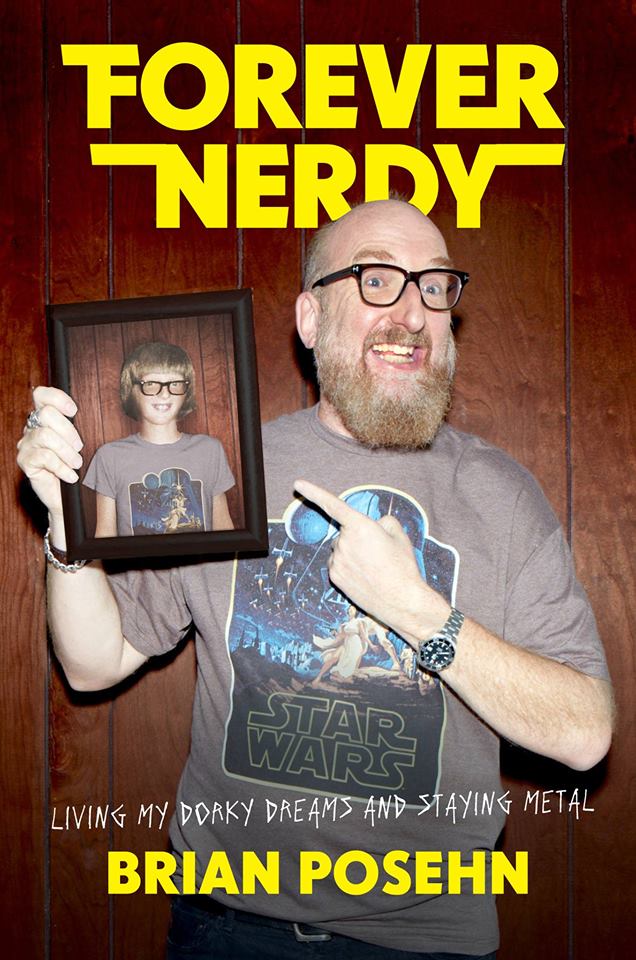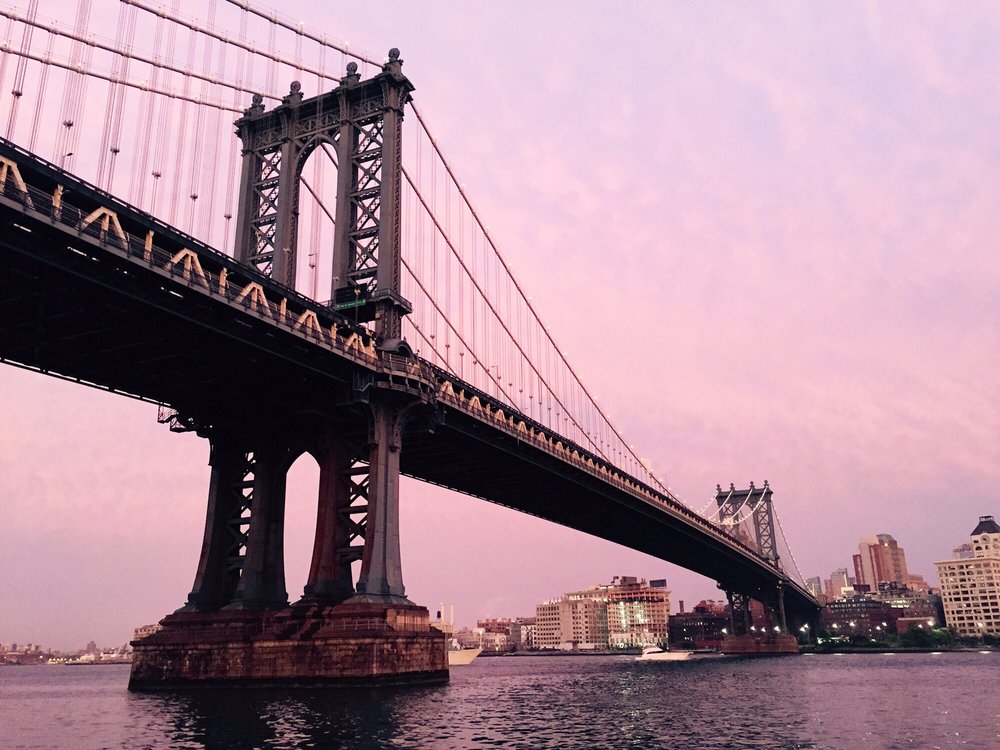
Items from the film’s original opening. Via the Brooklyn Museum on Twitter
DUMBO was in the spotlight on Thursday, December 7, when Ken Burns returned to the Brooklyn Museum for an event showcasing a beautifully remastered version of his first film, Brooklyn Bridge (1981). The documentary, which premiered at the Brooklyn Museum after 5 years in the making, tells the inspiring and quixotic tale of the building of the Brooklyn Bridge, a monument so practical in purpose, so large in scope, so stunning in beauty, and so enduring in significance, that it spans not only the East River but also the world as an icon of human ingenuity, civic responsibility, and artistic excellence.
Burns’s film explores the private genius of the bridge’s creators — John, Washington and Emily Warren Roebling — who engineered the largest suspension bridge in the world at the time, the public euphoria that gripped New York when the bridge opened to the public in 1883, and the bridge’s subsequent effect on the city. To do it, he pioneered a style of photography and storytelling now known, via an off-screen assist by Steve Jobs, as the Ken Burns Effect.
Turning still pictures into moving artifacts of bygone Brooklyn, Burns achieves what he referred to during the event as “emotional archaeology,” capturing not only the facts of history but also the mood of the past. Watching his work, we understand what it meant to the city, not yet the superpower we know, and to Brooklyn, then it’s own separate metropolis, to see its growing might rendered in the strength of steel and the worshipful ascension gothic arches. That flush of triumph is hard to describe, and harder to replicate; it’s both thrilling and instructive to learn that when an elderly woman on Long Island was asked in the summer of 1969 what she thought of the moon landing, she said it was interesting, but nothing compared to the day they opened the Brooklyn Bridge.
At the event, Burns described his own feeling of triumph, as a young man, being able to make the film. He began work on the documentary when he was 24, in a very different New York City. Filming in New York in the ’70s, Burns was able to gain access to coveted rooftops, filming from vantage points it would be much more difficult to perch upon today.
For that reason, the film shows a two-level history of Brooklyn — the history in the film, and the history of the film. There is DUMBO in the 1870s, and DUMBO in the 1970s: an industrial enclave, with Brooklyn Bridge Park, and the redevelopment of the waterfront, decades away. But still, the Brooklyn Bridge. In 1883, in 1983, and into the new Millennium it endures. That inter-generational legacy was only made stronger at the event itself, as members of the Roebling family turned out to see the film.
Wrought by so many workers who died for its completion, the Brooklyn Bridge was was quite literally hand-crafted. Rivets hand-forged. Steel cables hand-assembled. You’re welcome, hipsters. The bridge invented artisanal Brooklyn, and remains one of the most artistically captivating parts of the borough. That’s the final point that the film makes so well. Relying heavily on interviews with artists and urban theorists including Arthur Miller, and Lewis Mumford, the second half of the film grapples with the Bridge’s artistic legacy. The verdict, in a word: inspiring. From Bugs Bunny, to Georgia O’keefe to Edward Steichen to Frank Sinatra, to you. Miller’s words close the film. Of the bridge he says “It makes you feel that maybe you, too, could add something that would last and be beautiful.” And the film does too.





